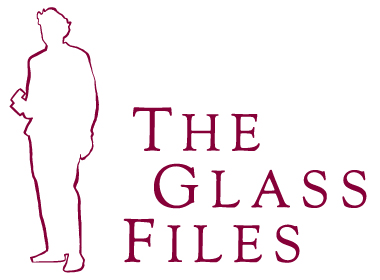
ITEM DETAILS
photograph
What was the reason for World war 1?
causes of the WW1
World war 1
The war fought between July 28, 1914, and November 11, 1918, was known at the time as the Great War, the War to End War, and (in the United States) the European War. Only when the world went to war again in the 1930s and ’40s did the earlier conflict become known as the First World War. Its casualty totals were unprecedented, soaring into the millions. World War I is known for the extensive system of trenches from which men of both sides fought. Lethal new technologies were unleashed, and for the first time, a major war was fought not only on land and on sea but below the sea and in the skies as well. The two sides were known as the Allies or Entente—consisting primarily of France, Great Britain, Italy, Russia, and later the United States—and the Central Powers, primarily comprised of Austria-Hungary (the Habsburg Empire), Germany, and the Ottoman Empire (Turkey). A number of smaller nations aligned themselves with one side or the other. In Pacific Japan, seeing a chance to seize German colonies, threw in with the Allies. The Allies were the victors, as the entry of the United States into the war in 1917 added an additional weight of men and materiel the Central Powers could not hope to match.
The war resulted in a dramatically changed geopolitical landscape, including the destruction of three empires: Austro-Hungarian, Ottoman and Russian. New borders were drawn at its conclusion and resentments, especially on the part of Germany, left festering in Europe. Ironically, decisions made after the fighting ceased led the War to End War to be a significant cause of the Second World War.
As John Keegan wrote in The First World War (Alfred A. Knopf, 1999), “The First World War was a tragic and unnecessary conflict the train of events that led to its outbreak might have been broken at any point during the five weeks of crisis that preceded the first clash of arms, had prudence or common goodwill found a voice.”
CAUSES OF WORLD WAR I
Prime Minister of Germany Otto von Bismarck had prophesied that when war again came to Europe it would be over “some damn foolish thing in the Balkans.” Indeed, the assassination of Archduke Franz Ferdinand, heir apparent to the Habsburg throne of Austria-Hungary, and his wife, Sophie, by a Serbian nationalist on June 28, 1914, was the match that lit the fuse—but it didn’t create the powder keg. The outbreak of war between European nations was the result of several factors:
- Concern over other countries’ military expansion, leading to an arms race and entangling alliances
- Fear of losing economic and/or diplomatic status
-Long-standing ethnic differences and rising nationalism in the Balkans
-French resentment of territorial losses in the 1871 Franco-Prussian War
-The influence exerted by military leaders
When the WW1 ended?
World War II ended six years and one day after Germany’s invasion of Poland on September 1, 1939, sparked the 20th century’s second global conflict. By the time it concluded on the deck of an American warship on September 2, 1945, World War II had claimed the lives of an estimated 60-80 million people, approximately 3 percent of the world’s population. The vast majority of those who died in history’s deadliest war were civilians, including 6 million Jews killed in Nazi concentration camps during the Holocaust.
The war resulted in a dramatically changed geopolitical landscape, including the destruction of three empires: Austro-Hungarian, Ottoman and Russian. New borders were drawn at its conclusion and resentments, especially on the part of Germany, left festering in Europe. Ironically, decisions made after the fighting ceased led the War to End War to be a significant cause of the Second World War.
As John Keegan wrote in The First World War (Alfred A. Knopf, 1999), “The First World War was a tragic and unnecessary conflict the train of events that led to its outbreak might have been broken at any point during the five weeks of crisis that preceded the first clash of arms, had prudence or common goodwill found a voice.”
CAUSES OF WORLD WAR I
Prime Minister of Germany Otto von Bismarck had prophesied that when war again came to Europe it would be over “some damn foolish thing in the Balkans.” Indeed, the assassination of Archduke Franz Ferdinand, heir apparent to the Habsburg throne of Austria-Hungary, and his wife, Sophie, by a Serbian nationalist on June 28, 1914, was the match that lit the fuse—but it didn’t create the powder keg. The outbreak of war between European nations was the result of several factors:
- Concern over other countries’ military expansion, leading to an arms race and entangling alliances
- Fear of losing economic and/or diplomatic status
-Long-standing ethnic differences and rising nationalism in the Balkans
-French resentment of territorial losses in the 1871 Franco-Prussian War
-The influence exerted by military leaders
When the WW1 ended?
World War II ended six years and one day after Germany’s invasion of Poland on September 1, 1939, sparked the 20th century’s second global conflict. By the time it concluded on the deck of an American warship on September 2, 1945, World War II had claimed the lives of an estimated 60-80 million people, approximately 3 percent of the world’s population. The vast majority of those who died in history’s deadliest war were civilians, including 6 million Jews killed in Nazi concentration camps during the Holocaust.
New York
3/14/22
Ashley
Google
This item is shared by ashley russo
with
the Community and the World.
